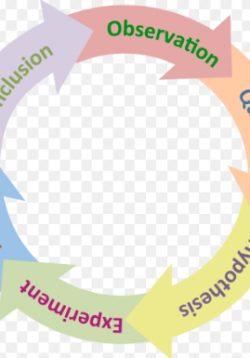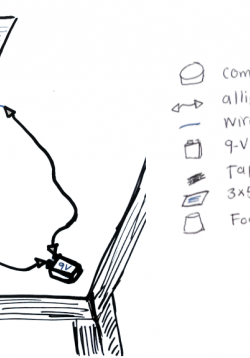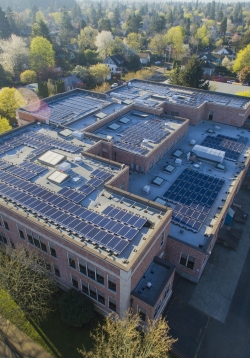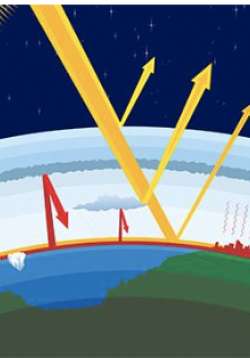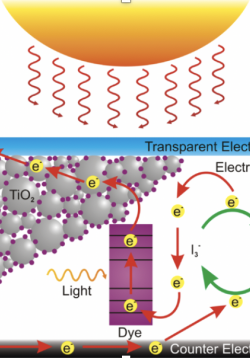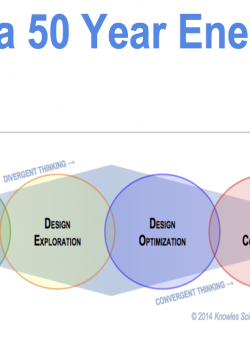Setting Expectations for Science and Engineering Projects
Begin this session by setting some ground rules for science discourse. Explain to students that as we work on this unit, and science in general throughout the year, they will be asked to share their thinking about science concepts.

